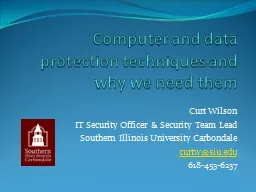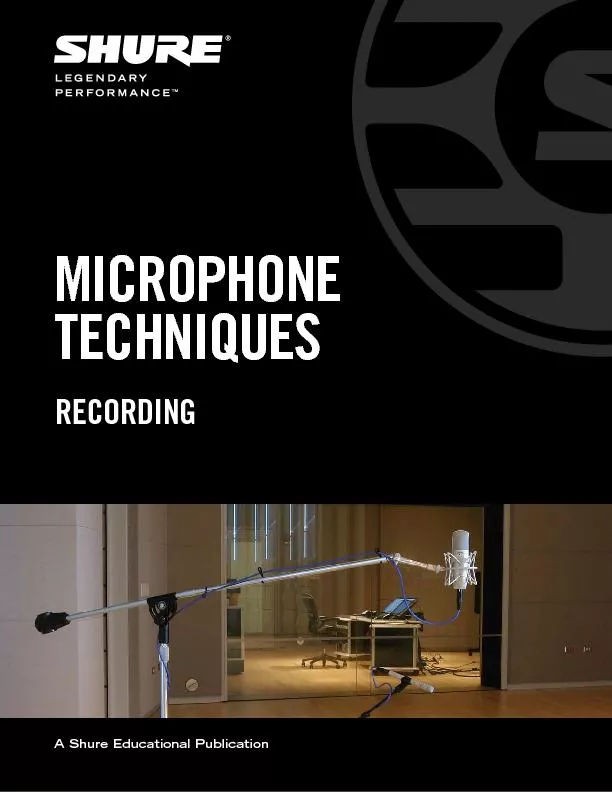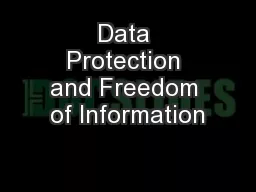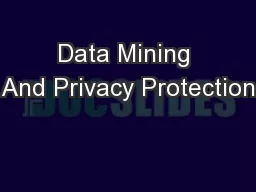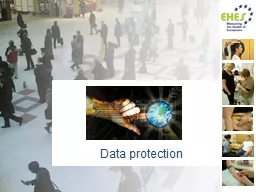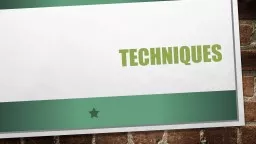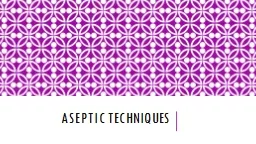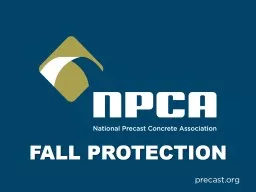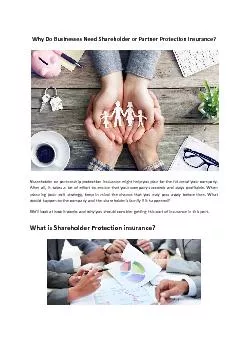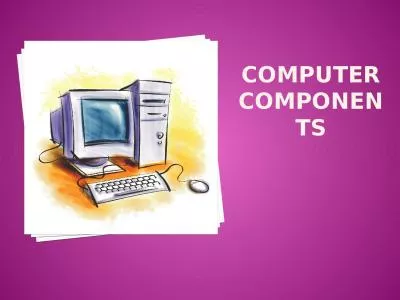PPT-Computer and data protection techniques and why we need them
Author : danika-pritchard | Published Date : 2019-06-29
Curt Wilson IT Security Officer amp Security Team Lead Southern Illinois University Carbondale curtwsiuedu 6184536237 This Presentation amp Training Goal to teach
Presentation Embed Code
Download Presentation
Download Presentation The PPT/PDF document "Computer and data protection techniques ..." is the property of its rightful owner. Permission is granted to download and print the materials on this website for personal, non-commercial use only, and to display it on your personal computer provided you do not modify the materials and that you retain all copyright notices contained in the materials. By downloading content from our website, you accept the terms of this agreement.
Computer and data protection techniques and why we need them: Transcript
Download Rules Of Document
"Computer and data protection techniques and why we need them"The content belongs to its owner. You may download and print it for personal use, without modification, and keep all copyright notices. By downloading, you agree to these terms.
Related Documents

